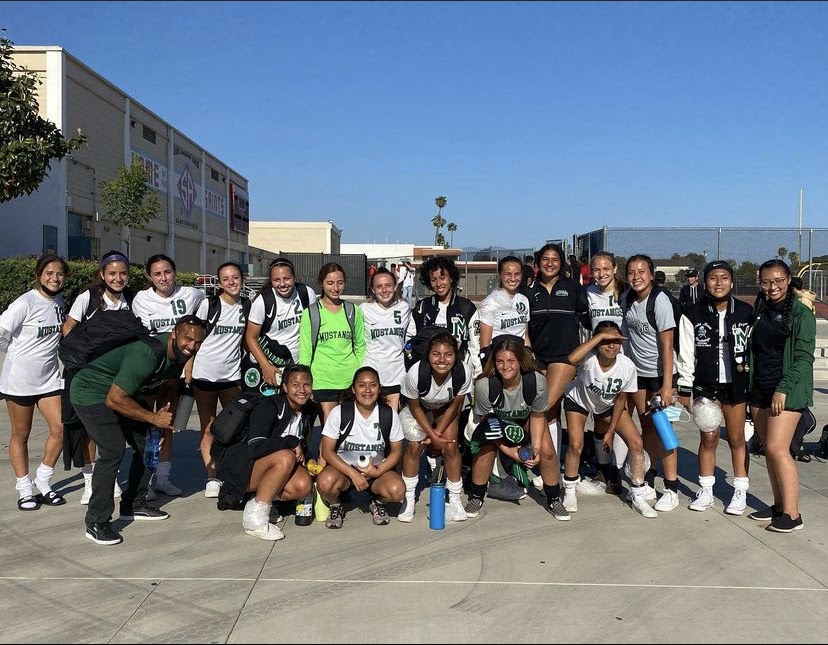China seems to top the list when it comes to manufacturing, making up 28.4% of all global manufacturing products, but under this is a pervasive issue of child labor and degrading work environments.
While China's laws do not permit the work of children under the age of 16, about 7.74% of all underage children are working illegally for farming, construction, and clothing manufacturers. 8% of all children in China may seem like a suboptimal number, but China is the most populated country in the world, so that 7.74% equals roughly 10 million kids ages 10–15 that are toiling in exploitative child labor conditions.
Not only that, but about 90% of child laborers are still enrolled in school and working an average of seven-hour days, because of these hard hours, children working in labor spend around six and a half hours less time on school work and studying than kids who are not. These statistics lead to a 9.6% higher dropout rate for kids who are working in China than for those who are not.
Child labor isn’t China’s only point of controversy, they also struggle with issues of forced labor and harsh working conditions for their employees. The U.S. Department of Labor constructed a list of goods produced by child labor or forced labor comprising 159 goods from 78 countries and areas. As of September 28, 2022, in just that list alone, China takes the top 20 spots of manufactured goods with exploitative behavior behind them. This list serves as a wake-up call for consumer choices and questioning the ethical implications of supporting such industries.
Building on the concerns about labor practices in China, there is a lot of controversy around the brand SHEIN. SHEIN is a giant fast fashion company primarily stationed in China that has a horrible track record of extremely poor working conditions. Further controversy arose when SHEIN organized a sponsored trip for influencers to its China-based warehouses in an attempt to improve their public image. Influencers shared positive content, praising the tidy factories and happy employees, without addressing Shein's history of labor abuses.
Some influencers, like Dani DMC, defended the company, but later faced backlash and apologized to their followers as the content generated online criticism, bringing attention to SHEIN's questionable business practices, including poor and unfair working conditions, toxic chemicals in clothing, and copying designs. Despite the influencers' positive testimonials, SHEIN continues to face scrutiny for these practices.
The rise of SHEIN amid the Covid-19 pandemic became a pivotal point. Founded in 2008, the brand's worth soared from $5 billion to over $100 billion. However, this success only led to extreme funding of the miserable workplace they provide.
This dual challenge of child labor and controversial working conditions in China's manufacturing branches, becomes even more prominent when specific companies like SHEIN come under careful inspection. The sponsored influencer trip organized by SHEIN to showcase its warehouses and collect positive attention, accentuates a concerning trend of attempting to downplay the company's problematic history, the positive endorsement provided by these influencers, despite the company's past raises even more questions about company transparency and ethical considerations within all major companies much like this one.
This incident not only amplifies the need for stricter regulations but also emphasizes the role of consumers in making informed choices that align with ethical values, encouraging a broader conversation on the industry's accountability and the impact of consumers decisions on these issues.
This ongoing web of issues within China's manufacturing supply chain, spanning all the way from widespread child labor to harsh working conditions, demands attention and refinement. China, as a manufacturing powerhouse, contributes greatly to global production, at the cost of corrupt practices affecting millions of underage workers.



